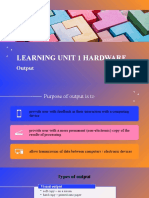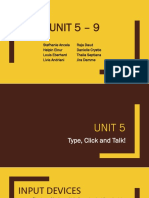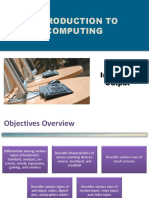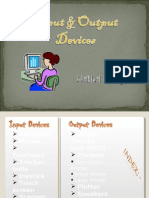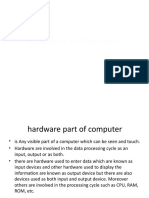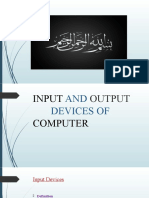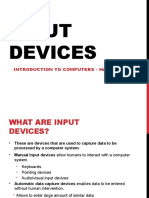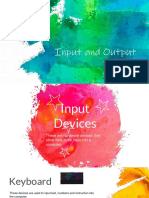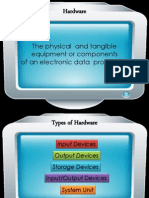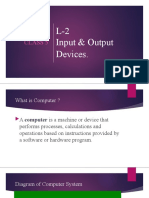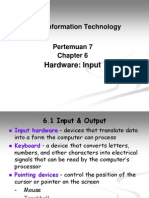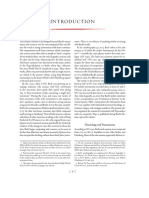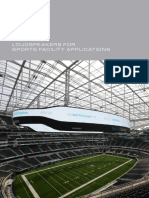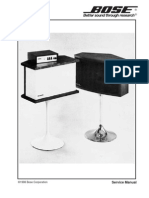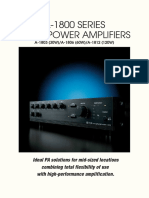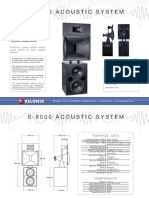0% found this document useful (0 votes)
68 views51 pagesDigital Info Acquisition & Display
This document discusses different ways to acquire, present, and process digital information. It describes how digital information like text, images, audio and video can be manually created using input devices and software or acquired from the environment using cameras, microphones and scanners. It also outlines various output devices for displaying visual digital data such as computer monitors, projectors, printers and refreshable braille displays. The document provides examples of different types of these input and output technologies.
Uploaded by
juringCopyright
© © All Rights Reserved
We take content rights seriously. If you suspect this is your content, claim it here.
Available Formats
Download as PDF, TXT or read online on Scribd
0% found this document useful (0 votes)
68 views51 pagesDigital Info Acquisition & Display
This document discusses different ways to acquire, present, and process digital information. It describes how digital information like text, images, audio and video can be manually created using input devices and software or acquired from the environment using cameras, microphones and scanners. It also outlines various output devices for displaying visual digital data such as computer monitors, projectors, printers and refreshable braille displays. The document provides examples of different types of these input and output technologies.
Uploaded by
juringCopyright
© © All Rights Reserved
We take content rights seriously. If you suspect this is your content, claim it here.
Available Formats
Download as PDF, TXT or read online on Scribd
/ 51












